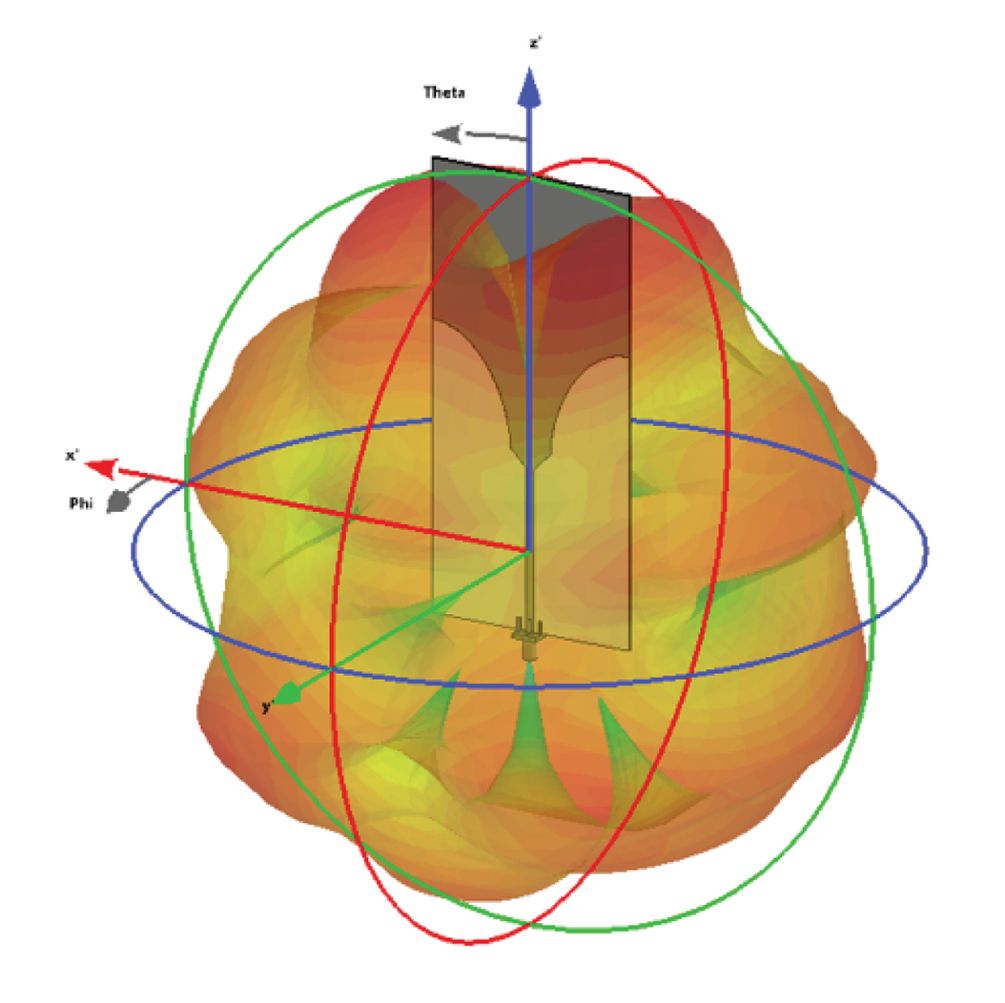
5G Antenna Design
We design, simulate, prototype, and validate 5G antennas.
Requirements
We start with the customer’s requirements in mind to design an antenna system, and also account for fabrication capability and manufacturing tolerances early on in the design process so that we can meet the requirements while also making sure that it is a practical solution.
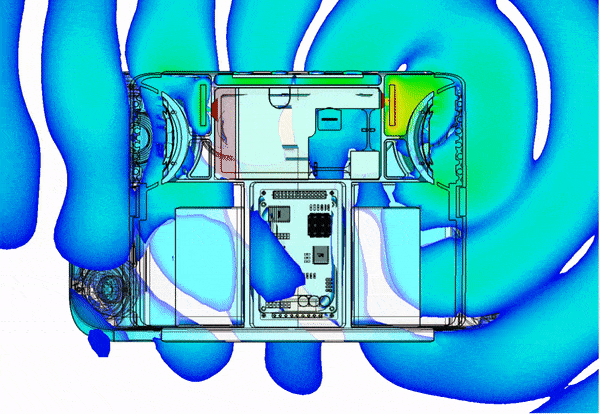
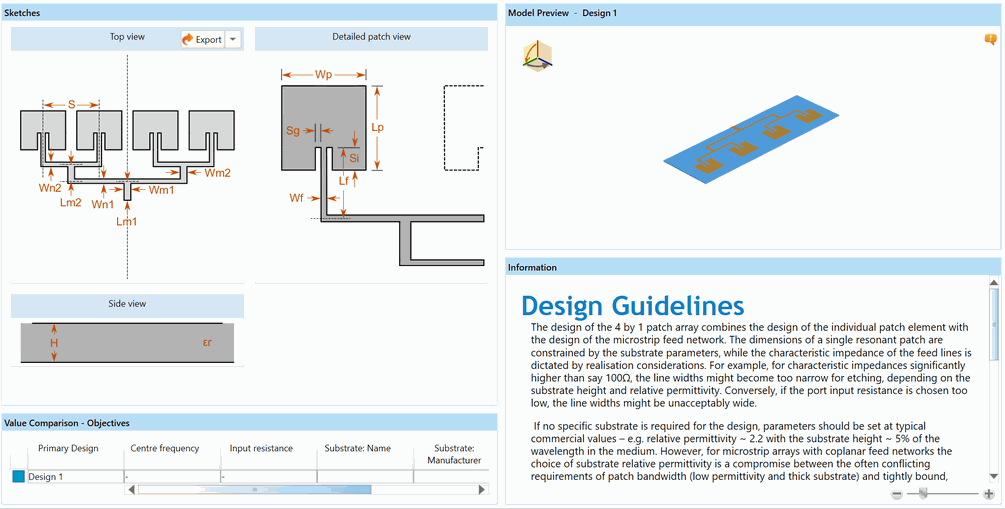
CAD Design
The fabrication capability will have its largest impact on this step, where the basic design is decided upon using one of CST’s tool, Antenna Magus. The design is parameterized so that the model can be quickly studied and understood.
Simulation
Next, we run simulations using the industry leading EM simulation tool that is CST Studio Suite. Simulation outcomes such as S-parameter, VSWR, gain, efficiency, directivity, and radiation pattern will be obtained.
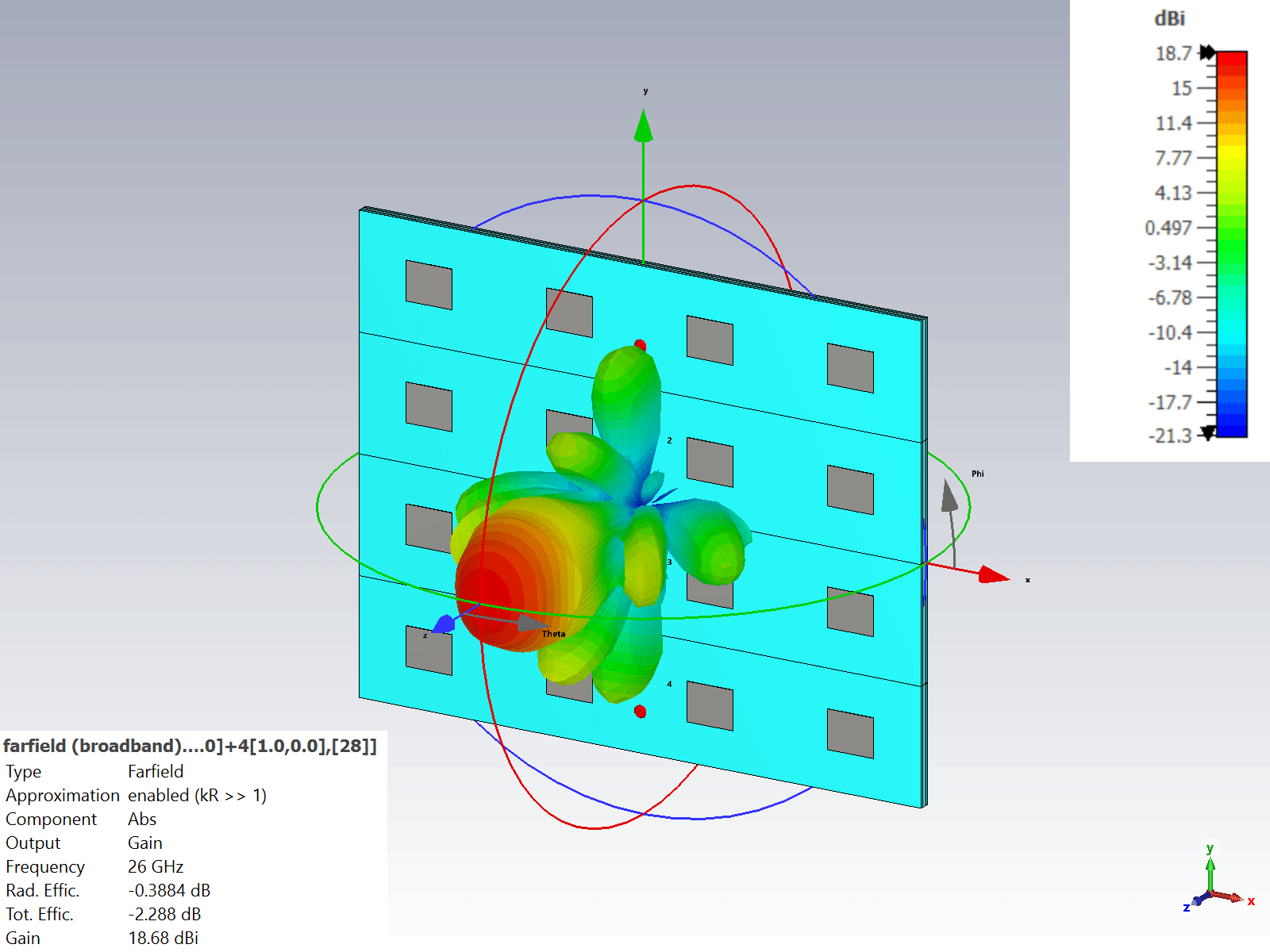
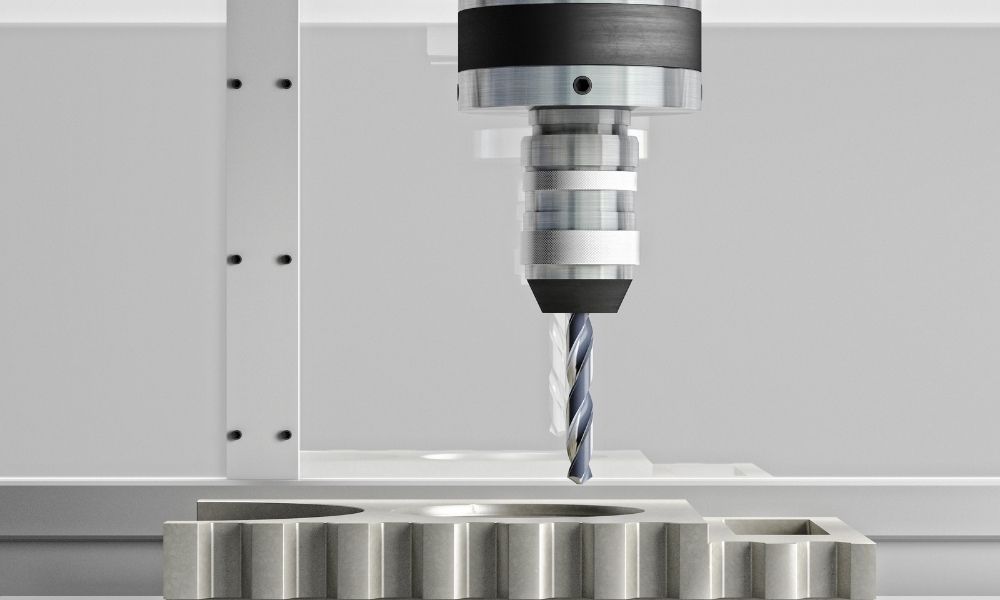
Prototyping
Utilizing advanced technologies such as 3D printing and CNC machines, we can quickly perform the prototyping stage, thereby shortening the time taken for each design cycle.
Optimization
Our antennas are optimized through a robust and reliable process that has been baked into CST Studio Suite, thereby reducing the amount of design cycles. The manufacturing tolerances also comes into play here so that we can further optimize the process and perform sensitivity analysis.
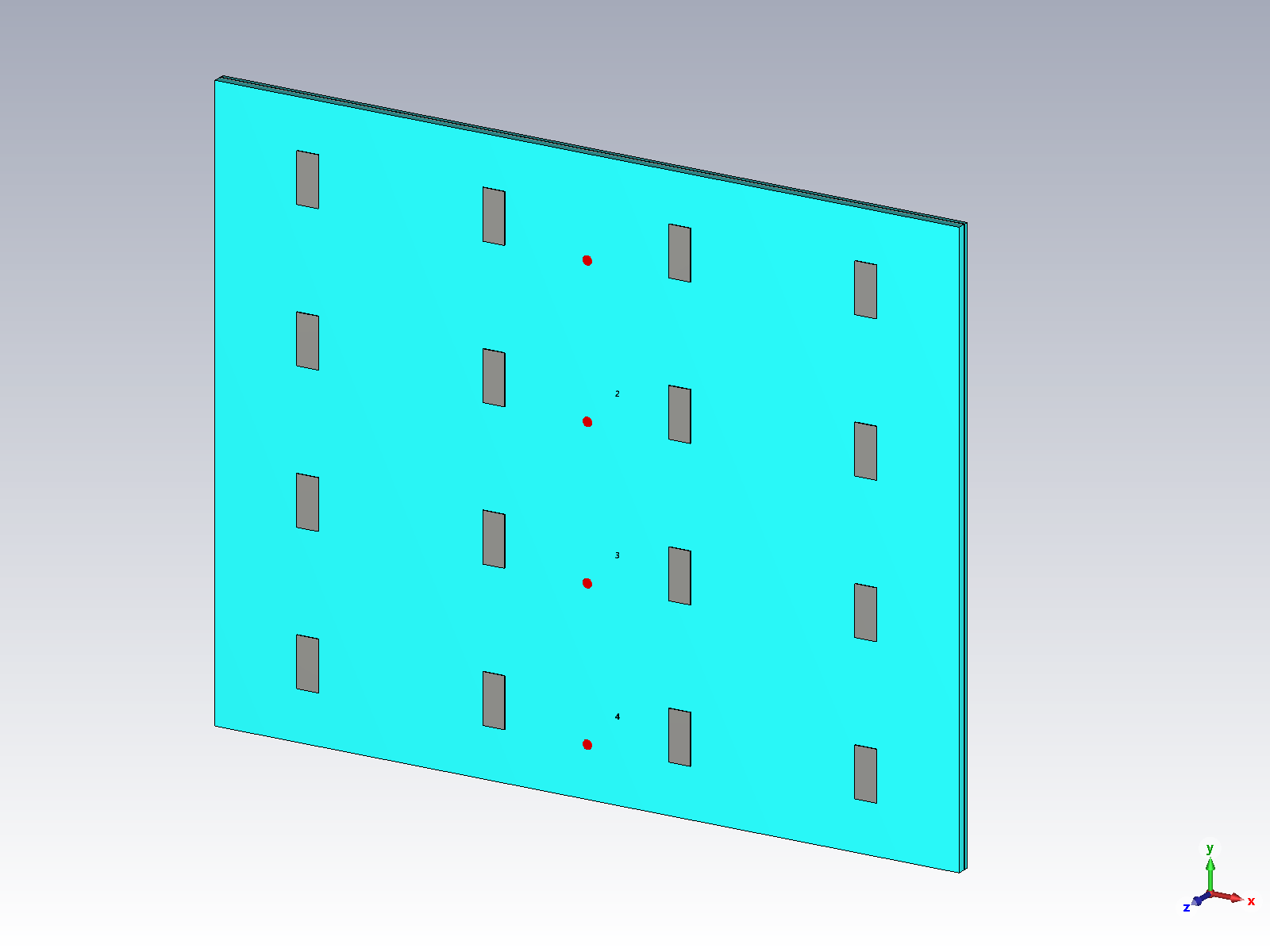

Validation
Through out partnership with ATENLAB, we are also able to accurately correlate our simulation by validating the prototypes in an Over-the-Air (OTA) chamber.
Frequently Asked Questions
This is a good question! It mainly depends on what frequency you are interested in, and also the direction of the connector. This will all be modeled in simulation so that the results would offer maximum accuracy. In fact, simulating with or without the connector could provide noticeably different results in some cases.
Radiation pattern can generally be divided into two categories: directive and omni-directional. The advantage of directive antennas is that they typically have higher gain, but pretty much needs to be pointed directly at the other antenna for communication. Omni-directional antennas, on the other hand, can receive signals from any direction.
1.It really depends on what frequency you want to use, or rather, what wavelength. Lower frequencies means larger wavelengths, and larger wavelengths means larger antennas, and vice versa. For context, the wavelength of 28 GHz (5G) is around 10 mm, which is where the term mmWave comes from, while the wavelength of 2400 MHz (Wi-Fi) is a staggering 125 mm!
2.How then, did a Wi-Fi antenna fit into your phone? Well, antennas can be made electrically small, which would sacrifice a bit in terms of performance, but this can be overcome with proper design and optimization.
You could roughly split an antenna in the following parts: the radiating elements and the feedline. Firstly, the radiating element needs to be resonant in the frequency of interest. However, if the feedline is not properly designed and the matching poorly done, the energy wouldn’t be able to get to the elements in the first place!
There are many considerations in designing antennas, so if this is all very befuddling to you, we understand and so, do contact us!
Related Product
We start with the end in mind, together with qualitative and quantitative data collection and analysis,
we create a business strategy that ensure our clients achieve their goals and experience measurable values.

ATENLAB
We have commissioned multiple measurement solutions to research institutes and commercial companies in Vietnam, Thailand, Malaysia, Singapore and Indonesia.